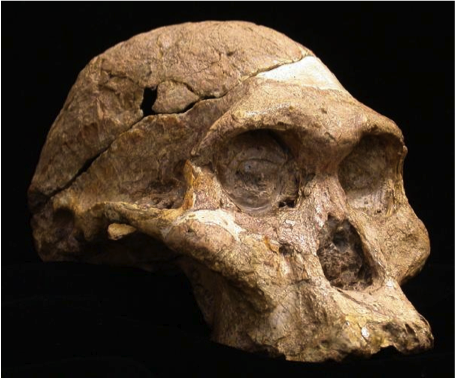
Our distant female relatives may have cruised around for mates while the guys may have been more stay-at-home types, scientists find.
Until now, much of what was known about our human ancestors' biology and lifestyle was deduced with little hard evidence.
In the new study, scientists analyzed fossils of extinct apelike hominids from the Sterkfontein and Swartkrans caves in South Africa. These 1.8 million to 2.2 million-year-old specimens included eight members of Australopithecus africanus, which may have been a direct ancestor of humans, as well as 11 members of Paranthropus robustus, which dead-ended on a side branch of the hominid family tree for reasons still unknown. These landscapes were much the same back then as they are now - hilly grasslands with rivers - although they had a bit more water and vegetation.
The investigators concentrated on traces of naturally occurring strontium isotopes in the enamel of 19 molar and canine teeth. Isotopes of an element all have the same number of protons in their atoms, but they differ from each other in how many neutrons they have; for instance, strontium-86 has 48, while strontium-87 has 49.

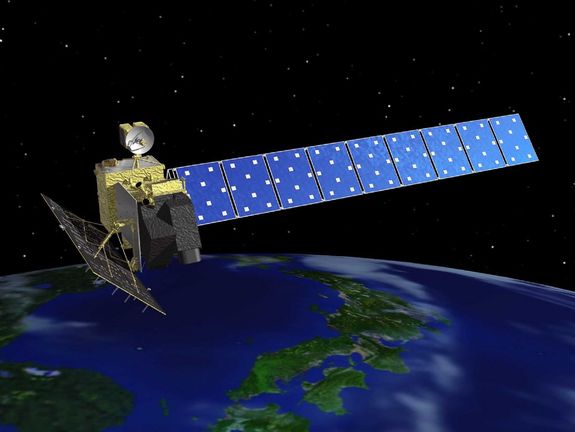
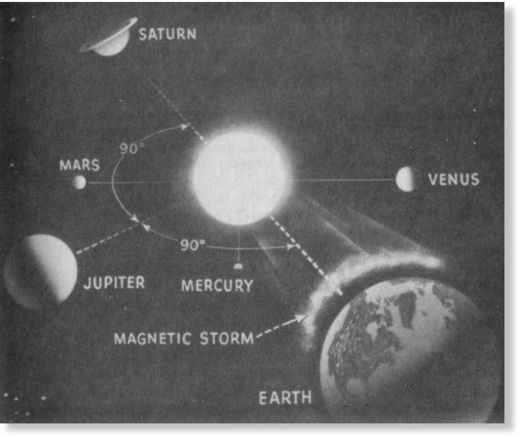
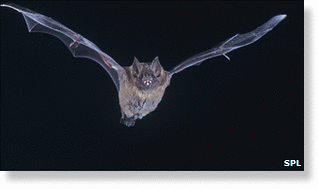
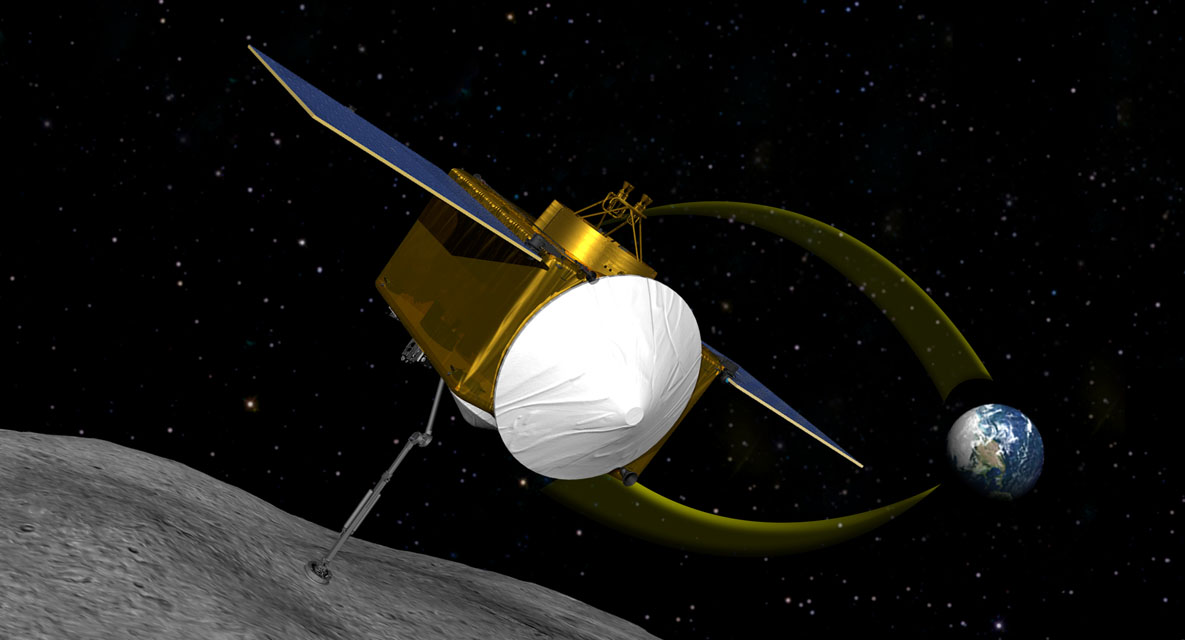
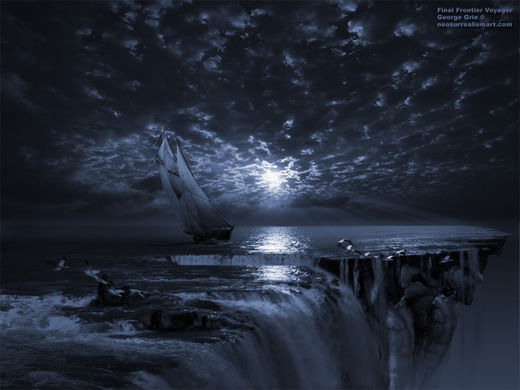
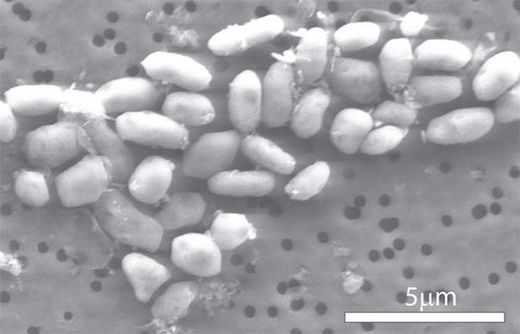
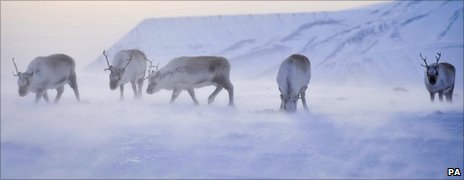



Comment: It would seem as though NASA is luring us into a false sense of security by focusing on big asteroids, considering the fact that a fragmenting comet is much harder to detect and predict (and ultimately much more destructive) than the "big one".
The reader may be interested in reading An Open Letter to Allen West, and R.B. Firestone et al by Dennis Cox for more information.